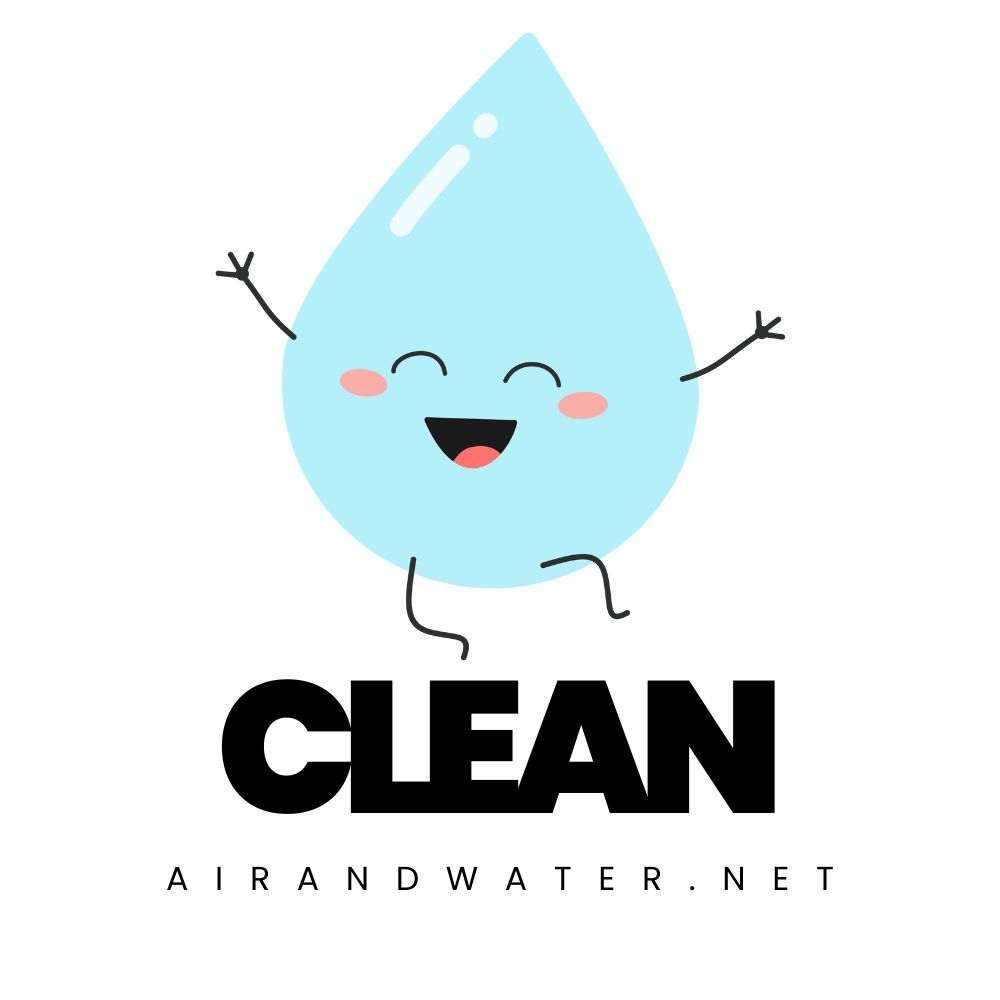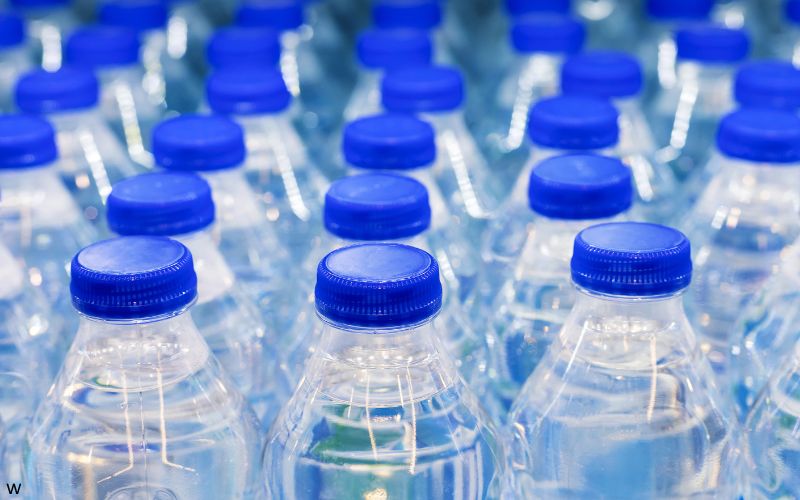$4.99.
That’s what I paid for a liter of “premium mountain spring water” at the airport last month. Highway robbery? Absolutely. But I was thirsty, my flight was delayed, and the drinking fountain was broken. As I grudgingly handed over my credit card, I found myself wondering: What am I actually paying for here? And who’s making sure this overpriced water is safe, anyway?
My curiosity turned into a weeks-long rabbit hole investigation that left me stunned. Turns out, that bottle in your hand isn’t regulated the way you probably think it is.
The Bizarre Regulatory Split
Here’s the first weird thing I discovered: The water coming out of your kitchen faucet and the water in that fancy bottle are overseen by completely different government agencies using totally different rulebooks.
Your tap water? That’s the Environmental Protection Agency’s territory. They regulate it under the Safe Drinking Water Act, which Congress passed back in 1974 after people got fed up with industrial chemicals showing up in their water supplies.
But that bottle of Aquafina or Poland Spring? That falls under the Food and Drug Administration because bottled water is technically considered a “food product.” No, seriously. The FDA regulates it under the Federal Food, Drug, and Cosmetic Act – the same law that governs your breakfast cereal and canned soup.
“It’s completely bonkers when you think about it,” says Mark Izeman, who spent 15 years as a water policy attorney before joining an environmental nonprofit. “We’ve created this weird dual system where identical H2O molecules are regulated differently based on whether they come through a pipe or a plastic bottle.”
In theory, this split shouldn’t matter. Federal law actually requires the FDA’s bottled water standards to be at least as protective as the EPA’s tap water rules. But in practice? That’s where things get messy.
Monday vs. Maybe-Once-a-Year Testing
The differences start with how often the water gets checked.
Your local water utility likely tests its water DAILY for bacterial contamination and regularly for dozens of other contaminants. My town’s water report shows they conducted over 1,500 tests last year alone. These folks are obsessive about water quality, partly because they’re legally required to be.
“We test our water more frequently than I check my email,” jokes Linda Ramirez, who’s worked at a medium-sized municipal water plant for 17 years. “Seriously though, it’s multiple times per day, every day, no exceptions. Even holidays.”
But bottled water companies? The FDA only requires them to test for contaminants roughly once a year – and sometimes even less frequently for certain substances.
When I called a bottled water industry spokesperson to ask about this discrepancy, he assured me that “reputable companies test much more frequently than required.” Which sounded reassuring until I realized the key word there was “reputable.” The minimum legal requirement remains just annual testing.
Then he added: “Besides, our bottling process provides natural protection against contamination.”
Maybe so. But if something does go wrong…
The “Nobody Needs to Know” Policy
Here’s perhaps the most jaw-dropping difference I discovered: what happens when contamination is detected.
If your local water utility finds a problem – like, say, bacteria levels that exceed safety standards – they’re legally required to tell you about it, often within 24 hours for serious issues. You might get an email, a text message, a notice in the local newspaper, or even one of those emergency alerts on your phone.
“Public notification is non-negotiable,” explains Ramirez. “If we find something concerning in the water, we can’t just keep it to ourselves and fix it quietly. The community has a right to know.”
But with bottled water? There’s no equivalent requirement for public notification. If FDA testing reveals a violation, they typically handle it privately with the company. Unless it escalates to a formal recall (which hardly ever happens), you’d never know there was an issue.
I found a case from 2007 where a bottled water company’s internal testing found arsenic levels exceeding FDA standards in several production runs. They quietly pulled those specific lots from warehouses before they reached stores, fixed the filtration problem, and no public announcement was ever made. Technically, they didn’t break any rules by keeping customers in the dark.
To be clear: This doesn’t mean bottled water is unsafe. But it does mean there’s way less transparency when problems occur.
The Case of the 20-Year Delay
Want to see how this regulatory gap plays out in real life? Check out the strange saga of DEHP.
DEHP (or bis(2-ethylhexyl) phthalate if you’re feeling fancy) is an industrial chemical used in plastics manufacturing. It’s also a probable human carcinogen that can cause liver problems and hormone disruption.
In 1992, the EPA set legally binding limits for DEHP in tap water. The law required the FDA to follow suit for bottled water within 180 days.
Guess when the FDA finally established equivalent standards for bottled water? – 2012
That’s not a typo. It took TWENTY YEARS for the FDA to create the same protection for bottled water that tap water had since the first Bush administration. For two decades, there was no legal limit on how much of this potential carcinogen could be in your bottled water.
Was your water actually contaminated during that time? Probably not. But the point is, there was no legal limit preventing it – a regulatory blind spot that persisted for an entire generation.
When “Water” Isn’t Actually “Water”
Oh, and here’s another weird quirk I stumbled across: Not all bottled water is regulated as, well, bottled water.
The FDA’s definition of “bottled water” only applies to products specifically labeled as bottled water, purified water, spring water, mineral water, artesian water, well water, or similar terms.
But what about products labeled just as “water” or “water beverage” or “enhanced water”? They technically fall outside specific bottled water regulations. These products are still regulated as general food items (they can’t poison you, obviously), but they don’t have to meet the specific standards for bottled water.
This isn’t just legal nitpicking – it creates real regulatory blind spots. A company could theoretically avoid certain bottled water testing requirements by simply tweaking their label terminology. Mind-boggling, right?
Tap Water’s Secret Appearance
Here’s a fun fact that made me laugh out loud when I learned it: About 25-30% of bottled water comes from… wait for it… municipal tap water sources. Yep, the same water you get from your faucet for practically free.
Companies like Aquafina (PepsiCo) and Dasani (Coca-Cola) start with tap water, then typically put it through additional processes like reverse osmosis, deionization, or filtration. The result might be very pure water, but its humble origins remain municipal water systems.
To be fair, the FDA requires bottlers to disclose when their product comes from a municipal source. But they often do this with tiny print that says something like “municipal water source” or “public water supply” tucked away on the back label – not exactly highlighted in the marketing.
Next time you’re paying $2 for a bottle of water, check the fine print. You might be paying a 1000% markup for processed tap water.
So What Should You Do?
After all this digging, am I swearing off bottled water forever? Not necessarily. There are legitimate situations where bottled water makes sense – emergencies, travel in areas with unsafe water, or when you’re stuck at an airport with a broken water fountain.
But I’ve definitely changed how I approach bottled water:
- I check the label more carefully now. Words like “purified water” or “drinking water” often indicate it started as tap water. If I’m paying a premium, I at least want to know what I’m getting.
- I look for brands that voluntarily publish detailed water quality reports on their websites, similar to what public utilities provide. Companies confident in their product quality tend to be more transparent.
- I’ve stopped assuming bottled automatically means better. Sometimes it might be, but that’s not guaranteed by the regulatory structure.
- I invested in a good reusable bottle and a home water filter. For a fraction of what I was spending on bottled water, I can filter my own tap water to remove many of the same things bottled water companies target.
The bottom line? That bottle of water might taste great and be perfectly safe. The vast majority probably are. But the regulatory safety net beneath it has some surprising holes that most consumers know nothing about.
And now, if you’ll excuse me, I need to go refill my reusable water bottle from the filtered pitcher in my fridge. Old habits die hard, but at least now I understand what I’m paying for – and what I’m not.

